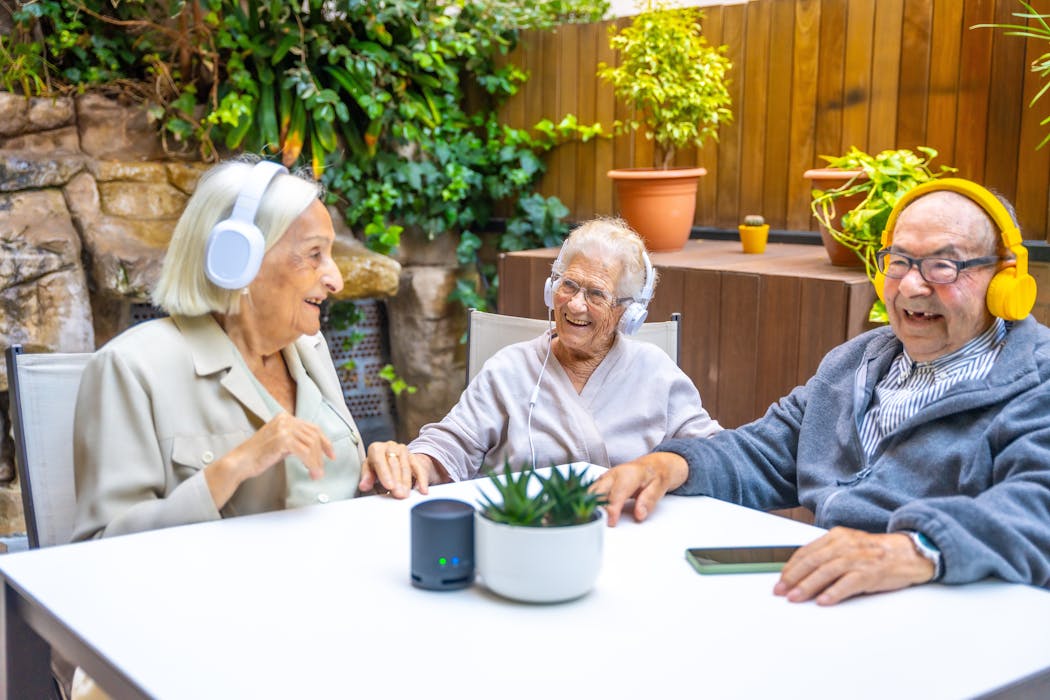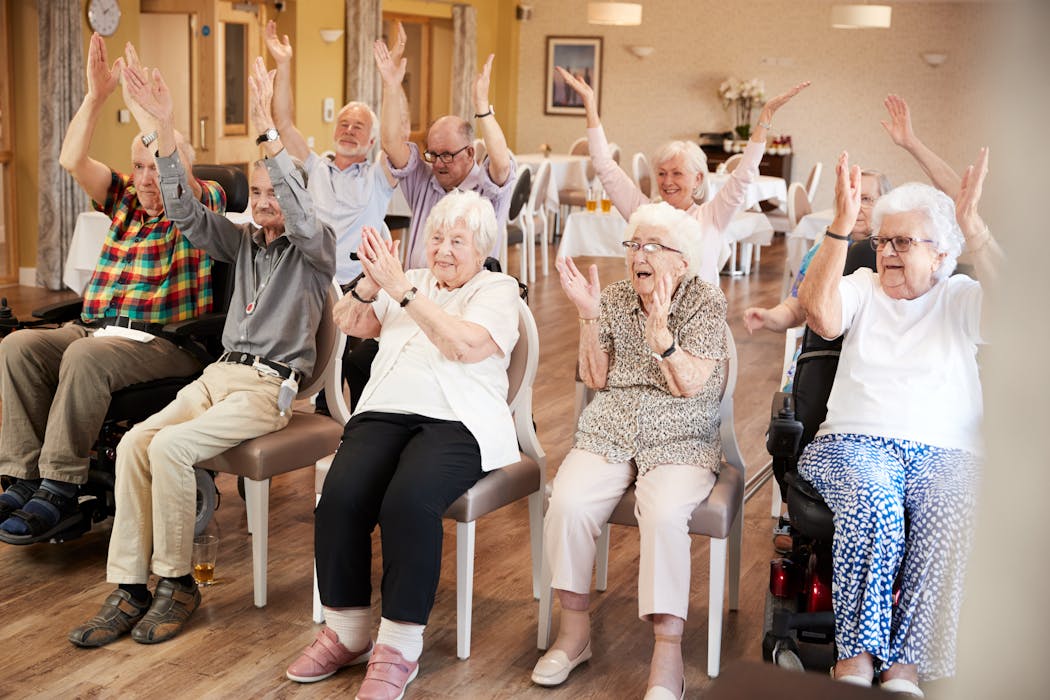Introduction
Pain management is a crucial aspect of healthcare for older adults. As individuals age, they are more likely to experience chronic pain, which can significantly impact their function and quality of life. It is important to understand the pain cycle and its effects on older adults in order to effectively manage pain and improve overall well-being.
The pain cycle refers to the continuous loop of pain and its impact on function and quality of life. When an older adult experiences pain, it can lead to decreased mobility and activity levels, which in turn can result in muscle weakness, joint stiffness, and decreased overall physical function. This can further exacerbate pain and create a cycle of decreased function and increased pain. Additionally, chronic pain can have a significant impact on an individual’s emotional well-being, leading to increased stress, anxiety, and depression.
Understanding the Pain Cycle in Older Adults
The pain cycle is a complex process that involves both physical and psychological factors. In older adults, the pain cycle can be particularly challenging to break due to age-related changes in the body and increased prevalence of chronic conditions. Common causes of chronic pain in older adults include arthritis, osteoporosis, neuropathy, and musculoskeletal disorders.
The pain cycle in older adults begins with the initial experience of pain. This pain can be caused by a variety of factors, such as injury, inflammation, or degenerative changes in the body. Once pain is experienced, it can lead to decreased activity levels and mobility. This can result in muscle weakness, joint stiffness, and decreased overall physical function. As a result, the individual may experience increased pain and further limitations in their daily activities. This cycle continues unless interventions are implemented to break the cycle and manage pain effectively.
The Role of Occupational Therapy in Pain Management
Occupational therapy plays a crucial role in pain management for older adults. Occupational therapists are trained to assess and address the physical, cognitive, and emotional aspects of pain. They work with individuals to develop personalized treatment plans that focus on improving function and quality of life.
Occupational therapy interventions for pain management may include a combination of physical exercises, manual therapy techniques, and assistive devices. These interventions are designed to address the underlying causes of pain, improve physical function, and promote independence in daily activities. Additionally, occupational therapists may provide education and support to help individuals develop effective coping strategies for managing pain.
How Occupational Therapy Can Improve Function and Quality of Life
Occupational therapy interventions can have a significant impact on improving function and quality of life in older adults with chronic pain. By addressing the physical, cognitive, and emotional aspects of pain, occupational therapists can help individuals regain independence and improve overall well-being.
Physical interventions may include exercises to improve strength, flexibility, and mobility. Occupational therapists may also use manual therapy techniques, such as joint mobilizations and soft tissue mobilizations, to reduce pain and improve joint function. Additionally, occupational therapists may recommend the use of assistive devices, such as canes or walkers, to improve mobility and reduce the risk of falls.
Cognitive interventions may include strategies to improve attention, memory, and problem-solving skills. Occupational therapists can help individuals develop strategies to manage pain-related cognitive difficulties, such as forgetfulness or difficulty concentrating. By addressing these cognitive challenges, individuals can better manage their pain and engage in meaningful activities.
Emotional interventions may include strategies to reduce stress, anxiety, and depression. Occupational therapists can provide education and support to help individuals develop effective coping strategies for managing pain-related emotional distress. This may include relaxation techniques, stress management strategies, and referral to mental health professionals for additional support.
The Importance of Identifying Underlying Causes of Pain
Identifying the underlying causes of pain is crucial for effective pain management in older adults. By understanding the root cause of pain, healthcare providers can develop targeted treatment plans that address the specific needs of each individual.
Common underlying causes of pain in older adults include arthritis, osteoporosis, neuropathy, and musculoskeletal disorders. These conditions can result in chronic pain and significantly impact an individual’s function and quality of life. By identifying the underlying cause of pain, healthcare providers can develop appropriate interventions to manage pain and improve overall well-being.
Strategies for Coping with Chronic Pain
Coping with chronic pain can be challenging, but there are strategies that can help individuals manage their pain effectively. Occupational therapy can play a crucial role in helping older adults develop and implement these strategies.
Cognitive-behavioral therapy (CBT) is a common approach used in occupational therapy for pain management. CBT focuses on changing negative thoughts and behaviors related to pain and developing positive coping strategies. This may include relaxation techniques, distraction techniques, and problem-solving skills.
Occupational therapists can also help individuals develop a daily routine that includes regular physical activity, rest, and relaxation. By incorporating these activities into their daily lives, individuals can better manage their pain and improve overall well-being.
The Benefits of Exercise and Physical Activity in Pain Management
Exercise and physical activity can have significant benefits for pain management in older adults. Regular physical activity can help reduce pain, improve joint function, and increase overall physical function.
Safe and effective exercise options for older adults with chronic pain may include low-impact activities, such as walking, swimming, or cycling. These activities can help improve cardiovascular fitness, muscle strength, and joint flexibility. Additionally, occupational therapists can provide guidance on proper body mechanics and modifications to ensure individuals are exercising safely and effectively.
The Role of Assistive Devices in Pain Management
Assistive devices can play a crucial role in pain management for older adults. These devices are designed to reduce pain, improve mobility, and promote independence in daily activities.
Common assistive devices used in pain management for older adults include canes, walkers, and wheelchairs. These devices can help individuals maintain balance, reduce joint stress, and conserve energy. Additionally, occupational therapists can provide education and training on the proper use of assistive devices to ensure individuals are using them safely and effectively.
Addressing Psychological Factors in Pain Management
Psychological factors can have a significant impact on pain management in older adults. Stress, anxiety, and depression can all contribute to increased pain and decreased overall well-being.
Occupational therapy can address these psychological factors by providing education and support to help individuals develop effective coping strategies. This may include relaxation techniques, stress management strategies, and referral to mental health professionals for additional support. By addressing these psychological factors, individuals can better manage their pain and improve their overall well-being.
Collaborating with Other Healthcare Providers for Comprehensive Pain Management
Collaboration with other healthcare providers is crucial for comprehensive pain management in older adults. By working together, healthcare providers can develop a holistic approach to pain management that addresses the physical, cognitive, and emotional aspects of pain.
Common healthcare providers involved in pain management for older adults may include physicians, physical therapists, psychologists, and social workers. Each provider brings a unique perspective and expertise to the table, allowing for a comprehensive and individualized approach to pain management.
Success Stories: How Occupational Therapy has Helped Older Adults Break the Pain Cycle
Occupational therapy has helped many older adults manage chronic pain and improve function and quality of life. These success stories highlight the importance of individualized interventions and the impact that occupational therapy can have on pain management.
One success story involves an older adult with arthritis who was experiencing significant pain and difficulty with daily activities. Through occupational therapy, the individual received education on joint protection techniques, exercises to improve strength and flexibility, and recommendations for assistive devices. As a result, the individual was able to manage their pain more effectively, improve their physical function, and engage in meaningful activities.
Another success story involves an older adult with chronic back pain who was experiencing significant emotional distress. Through occupational therapy, the individual received education on stress management techniques, relaxation techniques, and strategies for problem-solving. As a result, the individual was able to reduce their stress and anxiety, improve their emotional well-being, and better manage their pain.
Conclusion
Pain management is a crucial aspect of healthcare for older adults. Occupational therapy plays a valuable role in managing pain and improving function and quality of life. By addressing the physical, cognitive, and emotional aspects of pain, occupational therapists can help individuals break the pain cycle and regain independence in their daily activities. It is important for older adults and healthcare providers to consider occupational therapy as a valuable option for pain management. By working together, individuals can effectively manage their pain and improve their overall well-being.
Find out how Torongo Therapyplus can help you with your needs. Get in touch with us at smile@torongo.life, or call us on 02 8809 9965.































